Cutter Lateral Reach 21 Water Treatment Plant and Associated Items
Bloomfield, New Mexico
Best Project, Water/Environment
Submitted By: Jacobs (previously CH2M)
Owner: U.S. Bureau of Reclamation
Lead Design Firm/General Contractor/Civil/Structural: Jacobs (CH2M HILL Engineers Inc., a wholly owned subsidiary of Jacobs)
MEP: Jacobs
Engineering Design - Pipeline: Souder Miller & Associates
Construction Contractor: Archer Western Contractors of New Mexico
Completed in April 2022 on budget and on schedule for the U.S. Bureau of Reclamation, this is the first design-build water treatment plant for the Jicarilla Apache and Navajo nations.
The 2009 Environmental Impact Statement for the $70.7 -million Navajo Gallup Water Supply Project determined that more than 40% of Navajo Nation households relied on hauling water to meet daily needs for themselves, their livestock and farms. Inadequate water supply also impacts the Native peoples’ capability of living and working outside the reservation town of Dulce.
The 3.5-MGD surface water treatment plant in northwest New Mexico near Bloomfield is one of the two water treatments in the project; it is designed to expand to 5.4 MGD in the future. Water is supplied from the Navajo reservoir via the Cutter Reservoir.
The scope included design and construction of a clearwell; a treated water pumping station; 500,000-gallon regulating tank; 21,400 ft of raw, treated and finished water pipelines; and process, chemical, operation and maintenance facilities.
Collaboration generated success. Because the project is on federal lands inside the Navajo Nation at the base of the Huerfano Mesa, a spiritual site of the Dine’, the site was blessed by a Navajo Nation medicine man before construction began. The team worked with the community to introduce the ashes into the treated water pump station, subgrade under the bottom mat of rebar, and before the first concrete placement.
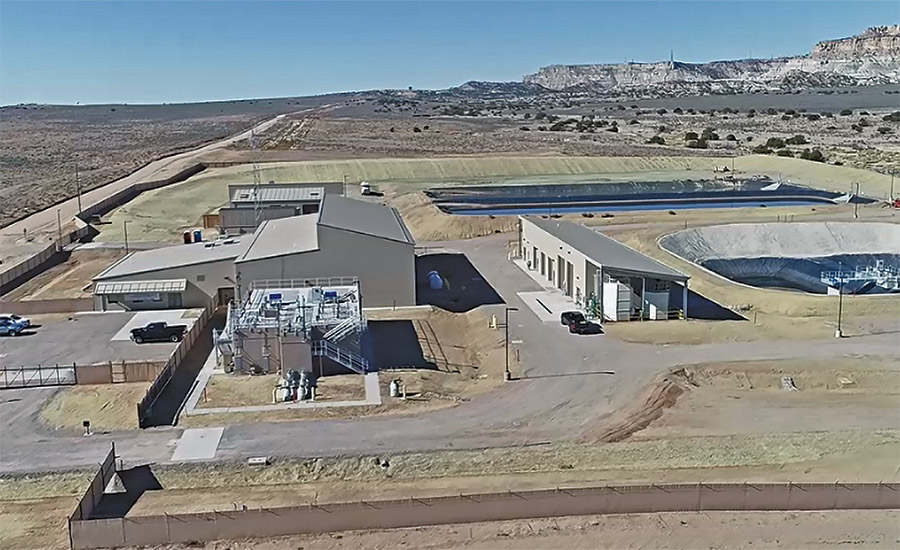
Photo courtesy of Jacobs
The remote location presented several challenges, including construction workforce availability; water and power for construction; site access; coordination of pipeline tie-ins; start-up; and commissioning. Project chartering, which included a site-specific safety plan, allowed the team to provide input and address challenges early, when they could be better managed and resolved.
For working water, the team coordinated with the local community and hauled industrial water to the site. Potable water, however, was required for disinfection, so a temporary water treatment package system produced 1 MGD. After the system was approved, this disinfected the plant for 12 weeks until potable water could be produced at the project. In addition, power that had been planned for the site was not available when construction began, so the team used generators to stay on schedule.
The initial water demand was about 10% of the minimum designed flowrate, making it difficult to operate the plant. Partnering with the Bureau of Reclamation, the team explored multiple approaches for managing operations to deliver water at a lower flowrate.
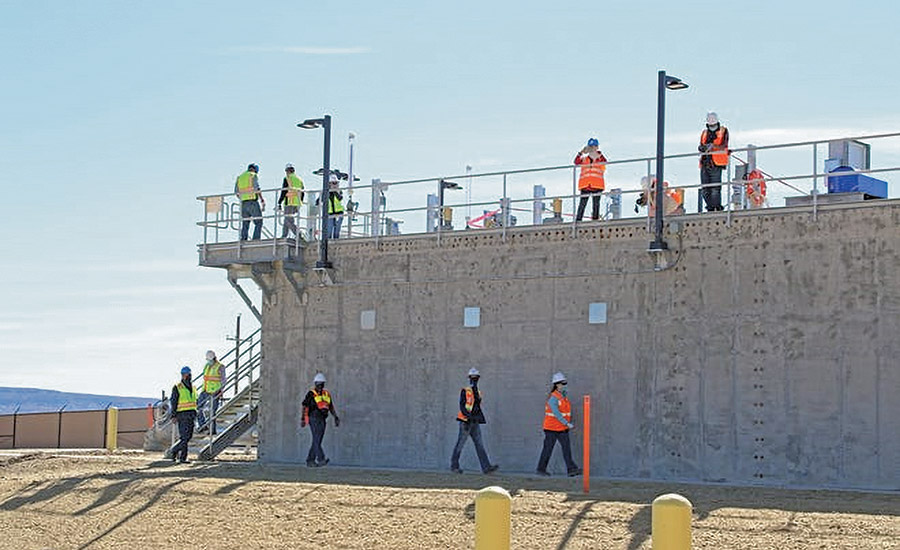
Photo courtesy of Jacobs
Also, the six communities served are many miles apart and had to be sequentially connected to the transmission pipeline over a period of about eight months. The low flows and phased connections required the team to be flexible and creative and to work closely with the community and downstream construction contractors to start and stop production to meet downstream water demands.
The Navajo Nation had some of the highest per capita COVID-19 infections in the country, and many construction staff family members became ill. The community implemented a temporary curfew that prohibited work on the project. All parties collaborated to manage this without delays to the project's completion schedule while adhering to the safety policies.
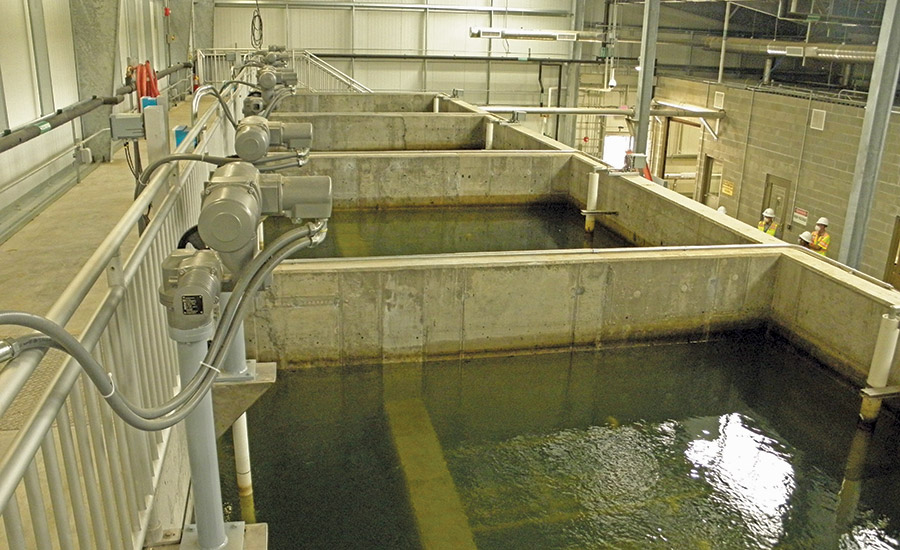


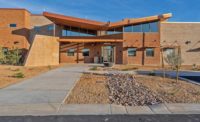
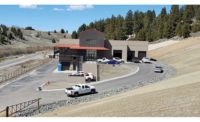
Post a comment to this article
Report Abusive Comment